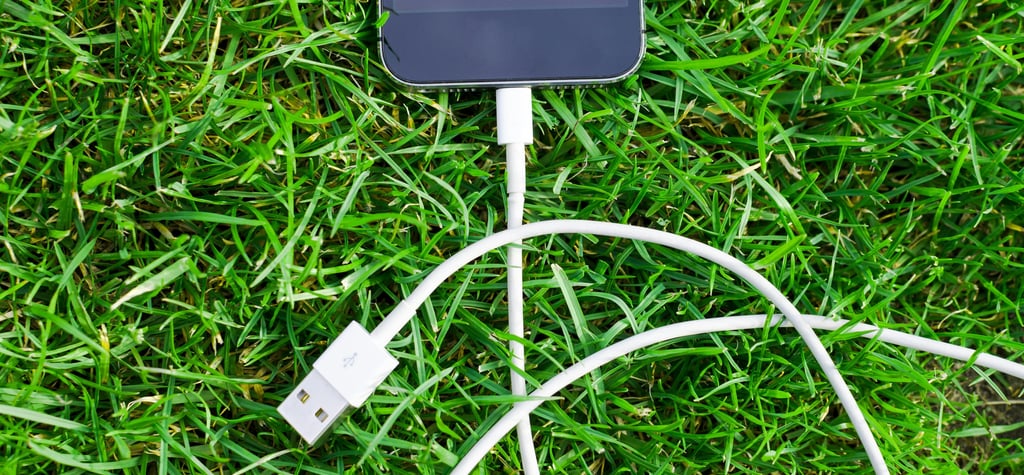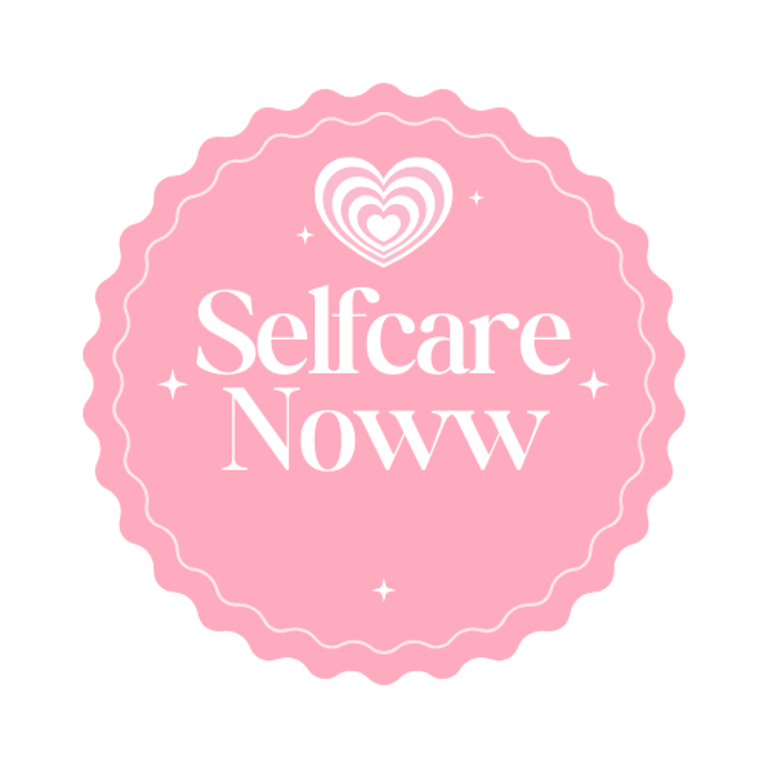Digital Detox Strategies That Transform Mental Health
A practical guide to implementing digital detox strategies that improve mental health through intentional technology boundaries, mindful consumption practices, and offline activities that restore balance to your digital life.
3 min read


Digital Detox Strategies That Transform Mental Health
Our brains are bombarded with a constant stream of notifications, news alerts, and social media updates in our hyperconnected world. This digital bombardment has taken a toll on our collective mental health, fueling increasing rates of anxiety, depression, and burnout. A Digital Detox —the intentional act of disconnecting from digital devices—has emerged as a powerful antidote to the stress of constant connectivity. Studies indicate that even brief periods of technology avoidance can have a substantial positive impact on mood, concentration, and overall mental well-being.
Knowing Digital Overload and Its Impact on Mental Health
It is essential to identify the symptoms of digital overload before one starts a detox program. These could be inability to concentrate, restlessness when away from your phone, irregular sleep patterns, or reduced face-to-face social contact. Studies have found that the average American looks at their phone around 352 times per day—approximately every three minutes awake. All of this constant checking puts us into a chronic state of divided attention in which our brains cannot achieve any real downtime and contributes to elevated levels of cortisol, the body's primary stress hormone.
Effective Digital Detox Strategies for Creating Boundaries with Technology
The initial step in any successful Digital Detox is setting boundaries with your devices. Here are some practical strategies:
- Create technology-free spaces in your home, especially the bedroom and dining areas
- Schedule specific time slots for checking social media and emails instead of answering every notification
- Activate "aeroplane mode" during meals, family time, and the last hour before bedtime
- Spend on a clock radio instead of sleeping with your cell phone
- Get social networking apps removed from your phone while using them purely on a PC in timed slots
These boundaries aren't technologies for avoiding technology in general, but about reclaiming responsibility for whether and when to use it. Numerous therapists also recommend these solutions as first-line treatments for technophobia.
Mindful Consumption Practices to Better Mental Wellbeing
Quality matters more than quantity when it comes to digital consumption. Transform your relationship with technology through mindful practices:
Before picking up your device, pause and ask: "What is my intention right now?"
Practice the "one screen rule"—use only one digital device at a time
Curate your feeds ruthlessly, unfollowing accounts that don't add value to your life
Schedule dedicated time for "deep work" without digital interruptions
Experiment with apps that are made to track and limit screen time
These considerate measures allow you to remain connected online without exhausting your mind. A 2023 journal article published in the Journal of Behavioural Addictions concluded that using mindful digital consumption practices reduced symptoms of anxiety by up to 42% among heavy smartphone users.
Reconnecting with Analog Activities for Mental Health Benefits
The best aspect of a Digital Detox is rediscovering offline pleasures. Attempt replacing some screen time with:
Reading printed books or magazines
Acquiring hands-on skills like gardening, painting, or woodwork
Writing with a pen and paper
Talking to people face-to-face
Appreciating nature without documenting the activity on social media
These analog activities stimulate different neural networks and provide a greater sense of presence and satisfaction compared to digital choices. Neuroscience research indicates that do-it-yourself creative activities activate the release of dopamine, nature's mood enhancer, free from the pattern of addiction instilled by social media notifications.
Creating a Sustainable Digital Detox Habit for Long-Term Mental Health
The goal isn't one detox, but a long-term shift in your relationship with technology. Test these strategies:
Start with teeny, achievable steps rather than trying a full technology blackout
Schedule regular detox sessions—whether it's evenings after 8 PM, a day on the weekend, or a week every quarter
Find accountability friends who share your vision for healthy technology use
Celebrate and document improvements in your mental well-being as motivation to continue
Adjust your strategy as needed, recognising that different seasons of life may require different approaches
Conclusion
Implementing a Digital Detox is not about giving up the benefits of technology but about establishing a healthier relationship with our digital devices. By establishing considerate boundaries, practising mindful consumption, rediscovering analog pleasures, and building sustainable habits, you can transform your mental health and reclaim your attention for what matters most. The science is clear—even modest reductions in screen time are associated with stunning enhancements in sleep quality, anxiety, and overall satisfaction with life.
Avoid allowing burnout to drive change. Take control of your digital life today and start your search for better mental health.
Empowering you to prioritise self-care daily.
DISCLOSURE
This blog may contain affiliate links and I may earn a small commission if you make a purchase, at no extra cost to you.
© 2024. All rights reserved.
Acknowledgement of Country: We acknowledges the Traditional Custodians of the land on which we live and work in Australia. We pay our respects to Elders past, present and emerging.
RECENT POSTS
